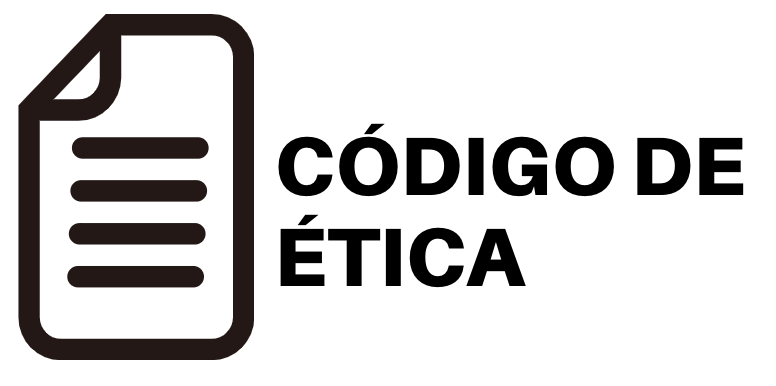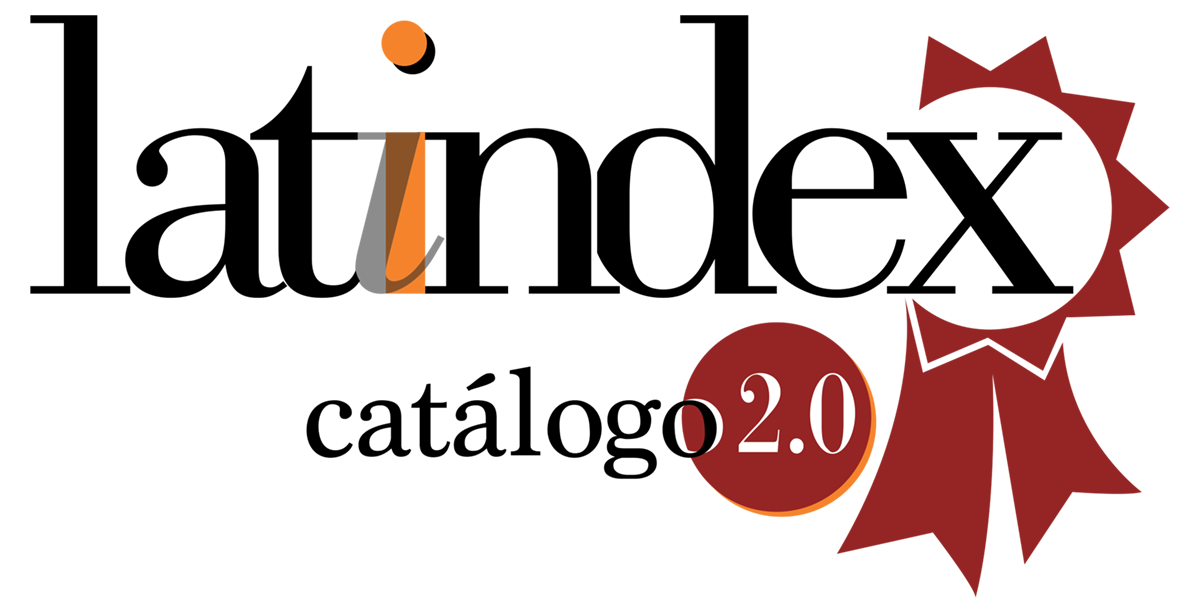Anxiety symptoms in professionals of the Student Counseling Departments of Manabí and Santo Domingo
DOI:
https://doi.org/10.33936/psidial.v3iEspecial.6456Keywords:
Symptoms, anxiety, professionals, psychosocialAbstract
Anxiety is a psychosocial problem that it`s currently evident in the work environment. The objective of this study was to identify anxiety symptoms in the professionals of the Student Counseling Departments of Zone 4 of the Ministry of Education. The study had a non-experimental proposal, using a quantitative approach, with a cross-sectional section; the analytical-synthetic method was used, as well as the inductive-deductive method; The Hamilton anxiety scale was applied to 120 professionals from the Student Counseling Departments of Zone 4 of the Ministry of Education.
On the other hand, the results revealed that the professionals of the Student Counseling Departments (DECE) of Zone 4 of the Ministry of Education, they have minor symptoms of anxiety, in the psychic and somatic elements, given that the scale to measure these symptoms has 13 items, which include the psychic and somatic areas; Thus, and according to the results of the study, these professionals present slight symptoms of anxiety, therefore, they develop adaptable environments for their good socio-emotional development, which should be maintained and continued to able strengthened, in order to guaranteeing their psychological well-being. Theoretical and practical scopes of the research were considered based on their finding obtained.
Key words: Symptoms, anxiety, professionals, psychosocial.
Downloads
References
Burgos, E. (2016). Trastorno de ansiedad, causas y factores predisponentes. Guayaquil.
Granados, L., Aparicio, M., Fernández , A., & García , J. (2020). Depresión, ansiedad
y estrés y su relación con el burnout en profesorado no universitario.
Espacios, 41. https://www.revistaespacios.com/a20v41n30/a20v41n30p11.pdf
Macías Caraballo, M. (2019). Trastornos de ansiedad: revisión bibliográfica de la
perspectiva actual. eNeurobiología. Obtenido de https://eneurobiologia.
uv.mx/index.php/eneurobiologia/article/view/2544/4427
Mendoza, I. (2020). Terapia cognitivo conductual; actualidad, tecnología. Lima. Obtenido
de https://repositorio.upch.edu.pe/bitstream/handle/20.500.12866/8907/
Terapia_MendozaFernandez_Ingrid.pdf?sequence=1&isAllowed=y
Ministerio de Educación. (2023). Modelo de Gestión de los Departamentos de
Consejería Estudiantil. Quito.
MSD. (23 de 01 de 2023). msdmanuals. Obtenido de msdmanuals Web Site: https://www.
msdmanuals.com/es-ec/hogar/trastornos-de-la-salud-mental/ansiedad-ytrastornos-
relacionados-con-el-estr%C3%A9s/introducci%C3%B3n-a-lostrastornos-
de-ansiedad
OMS. (2023). icd.who.int. Obtenido de icd.who.int Web site: https://icd.who.int/es
OMS. (23 de 01 de 2023). OMS. Obtenido de OMS Web Site: https://www.who.int/
es/news-room/fact-sheets/detail/mental-disorders
Revista Latinoamérica de Psiquiatría, órgano oficial de la Asociación Psiquiátrica
de América Latina (APAL). Obtenido de https://www.webapal.org/docs/
revista/Revista-APAL20_2021.pdf
Rimassa, A. A. (2022). Relación de sintomas cognitivos y afectivos que influyen
en pacientes con trastornos de ansiedad. Guayaquil. Obtenido de http://
repositorio.ug.edu.ec/bitstream/redug/63791/1/CD%20039
Downloads
Published
Issue
Section
License
Copyright (c) 2024 Wilson Israel Briones Cagua, Olmedo Daniel Farfán Casanova

This work is licensed under a Creative Commons Attribution-NonCommercial-ShareAlike 4.0 International License.


















